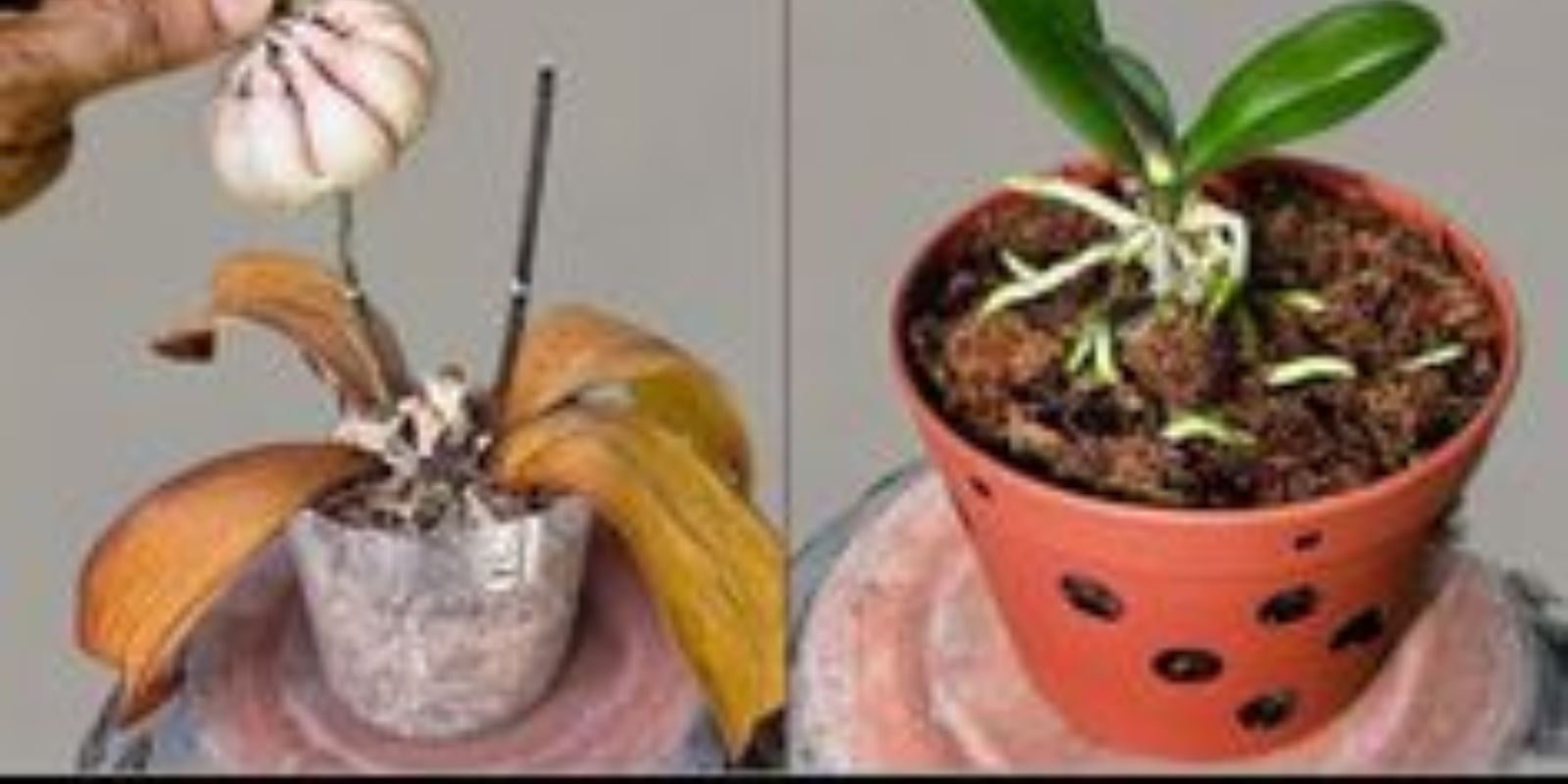Reviving a plant that isn’t blooming can seem like a daunting task, especially when you’ve tried everything and nothing seems to work. However, there’s a simple trick that can breathe new life into your plants, and it only requires one drop of a special solution. This method has helped many gardeners rejuvenate their plants and see them bloom again in no time. This comprehensive guide will walk you through the steps to bring vitality back to your plants with minimal effort.
Introduction
Plants are an integral part of our environment and our homes. They not only enhance the beauty of our spaces but also contribute to our well-being by improving air quality and providing a sense of tranquility. However, sometimes plants can become stressed and stop blooming, despite our best efforts. This can be due to various factors such as improper watering, inadequate light, or nutrient deficiencies. Understanding the root cause and addressing it with the right solution is key to reviving your plant.
Identifying the Problem
The first step in reviving a plant that isn’t blooming is to identify the problem. Signs of stress in plants include yellowing leaves, wilting, lack of new growth, and absence of flowers. It’s important to carefully examine your plant and assess its condition. Here are some common issues that might be affecting your plant:
- Water Stress:
- Overwatering or underwatering can both cause significant stress to plants. Check the soil moisture level to ensure it’s not too wet or too dry.
- Light Deficiency:
- Plants need adequate light to thrive. Ensure your plant is getting the right amount of light for its species. Too much or too little light can hinder blooming.
- Nutrient Deficiency:
- A lack of essential nutrients can prevent a plant from blooming. Examine the leaves for signs of nutrient deficiencies, such as discoloration or slow growth.
- Pests and Diseases:
- Pests and diseases can also stress a plant. Inspect your plant for any signs of infestation or disease and treat accordingly.
Preparing the Solution
Once you’ve identified the problem, the next step is to prepare a special solution to help your plant recover. This solution involves using liquid vitamin B1, which is known for its ability to help plants overcome stress and promote root growth. Here’s how to prepare the solution:
- Ingredients:
- Liquid vitamin B1
- One liter of water
- Preparation:
- Mix one drop of liquid vitamin B1 into one liter of water. Ensure the solution is well-mixed.
Applying the Solution
With the solution prepared, it’s time to apply it to your plant. Proper application is crucial to ensure the plant absorbs the nutrients and benefits from the treatment. Follow these steps for effective application:
- Watering Schedule:
- Water your plant with the vitamin B1 solution once a week. Consistent application is key to seeing results.
- Soil Condition:
- Ensure the soil is well-drained. Poorly drained soil can lead to root rot and other issues. If necessary, improve soil drainage by adding perlite or sand.
- Application Method:
- Pour the solution slowly and evenly around the base of the plant. Avoid wetting the leaves, as this can cause fungal problems.
Ongoing Care
Reviving a stressed plant requires more than just a one-time application of the solution. Ongoing care is essential to ensure the plant continues to thrive and eventually blooms. Here are some tips for providing the best care for your recovering plant:
- Light Requirements:
- Ensure your plant is receiving the appropriate amount of light. Adjust its location if necessary to provide optimal lighting conditions.
- Regular Watering:
- Maintain a consistent watering schedule. Water deeply but infrequently, allowing the soil to dry out slightly between waterings.
- Fertilization:
- Use a balanced fertilizer to provide essential nutrients. Fertilize according to the plant’s specific needs, being careful not to over-fertilize.
- Pruning:
- Remove any dead or damaged leaves and stems. Pruning helps direct the plant’s energy towards new growth and blooming.
- Pest Control:
- Monitor your plant for signs of pests and take action if needed. Use natural pest control methods whenever possible to avoid harming the plant.
Observe and Enjoy
Patience is key when reviving a plant. With consistent care and the application of the vitamin B1 solution, you should start to see improvements in your plant’s health within a few weeks. New growth, stronger stems, and the appearance of buds are signs that your plant is on the road to recovery. Here’s what you can expect as your plant starts to bloom again:
- Improved Health:
- Your plant will look healthier overall, with vibrant leaves and sturdy stems.
- New Growth:
- Look for new shoots and leaves as signs of recovery. This indicates that the plant is redirecting its energy towards growth.
- Budding and Blooming:
- The ultimate reward is seeing buds form and flowers bloom. This is a sign that your plant is not only surviving but thriving.
Conclusion
Reviving a plant that isn’t blooming can be a simple and rewarding process with the right approach. By identifying the problem, preparing a special vitamin B1 solution, and providing ongoing care, you can bring vitality back to your plant and enjoy its beautiful blooms once again. This method has been tried and tested by many gardeners, proving that even the most stressed plants can recover and thrive with a little extra care.
Give this simple trick a try and watch your plants transform. With just one drop of vitamin B1 solution and consistent care, your plants will bloom again, filling your garden with life and color. Happy gardening!

